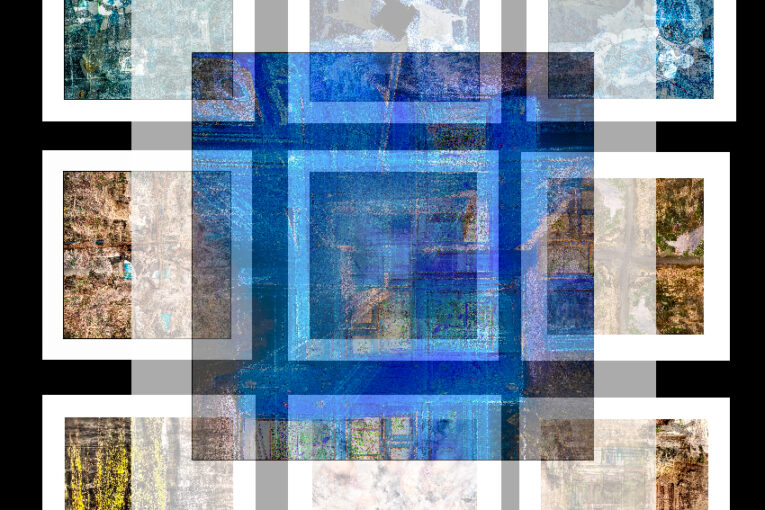
مجموعه ی تازه غلامرضا حیدرپناه را می توان جزو آثار فرم گرا دانست. بدین معنا که در وهله ی اول آنچه اهمیت دارد نه سوژه های مشخص، بلکه فرم تجلّی آن سوژه است. فرم گرایی در این مجموعه تا آنجا پیش می رود که تشخّص سوژه ها در فرم مستحیل شده خود به سوژه های فرادستی بدل میشود. و این مشابه اتفاقی است که در هندسه ی فراکتالی رخ می دهد. الگوهای فراکتالی الگوهایی هستند که در بزرگ نمایی های مختلف خود را تکرار می کنند و معمولاً با سیستم های آشوبناک (خائوسی) مرتبط می شوند. در دهه ی ۷۰ میلادی ریاضیدانان با استفاده از نظریه ی آشوب توانستند الگوهای فراکتالی طبیعت را شناسایی کنند. سواحل دریاها، درختان، شعله های آتش و… همگی الگوهای فراکتالی دارند. این مجموعه نیز با تکیه بر عنصر تکرار منظم از جهاتی وجه فراکتالی به خود گرفته. شبه فراکتالهای عکاس با برگذشتن از مفهوم کلاسیک عکس و نزدیک شدن به نقاشی های انتزاعی هویتی تازه طلب می کنند. هویتی که نه در حیطه ی تألیف بلکه در محدوده تفسیر قابل دست یابی است.
از دیگر سو توجه عکاس به رنگ امری غیرقابل چشم پوشی است. تو گویی آنچه در جایگاه تعیین کنندگی قرار میگیرد نه یک سوژه یا حتا مفهوم برآمده از آن، بلکه رنگ است که نوعی وجه اکسپرسیونیستی به عکسها بخشیده است.
ساخت فرم های شبه فراکتالیِ مبتنی بر رنگ سبب شده است تا نه با یک تصویر بلکه با نوعی فضا مواجه باشیم. هر قاب فضایی است دارای عمق. و این عمق چونان یک زهدان میتواند محل آفرینش، محل حدوث، باشد.
نویسنده استیتمنت: زهرا رجایی – حسین قسامی
Gholamreza Heydarpanah’s new collection can be considered as a formalist work. That is, in the first place, what matters is not the specific subject, but the manifestation form of that subject. Formalism in this collection goes so far as to identify subjects in their imperfect form as transcendental subjects. And this is similar to what happens in fractal geometry. Fractal patterns are patterns that repeat themselves at different magnifications and are usually associated with chaotic systems. In the 1970s, mathematicians were able to identify fractal patterns in nature using chaos theory. Sea shores, trees, flames, etc. all have fractal patterns. This collection also takes on a fractal aspect by relying on the element of regular repetition.
The photographer’s quasi-fractals seek a new identity by moving away from the classical concept of photography and approaching abstract paintings. An identity that can be achieved not in the realm of authorship but in the realm of interpretation.
On the other hand, the photographer’s attention to color is unavoidable. It is as if what is decisive is not a subject or even a concept derived from it, but the color that has given a kind of expressionist aspect to the photographs.
The construction of quasi-fractal forms based on color has caused us to face not a single image but a kind of space. Each space frame has depth. And this depth, like a womb, can be the place of creation, the place of occurrence..
Statement Author: Zahra Rajaei – Hossein Ghassami














